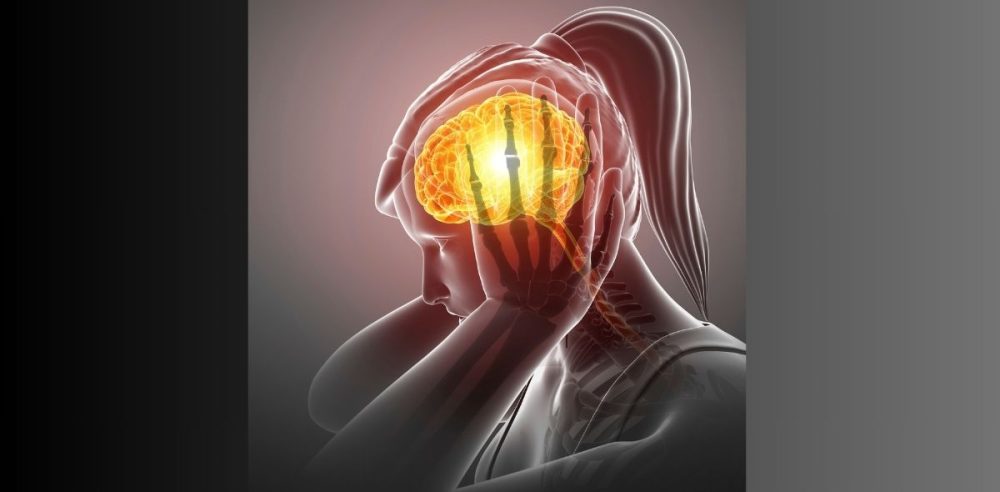Anyone who has faced the agony of a migraine knows just how intense and debilitating that pain can be.
Migraines are a widespread issue, impacting an estimated 15 percent of people around the world, and ranks among the most common causes of disability globally, predominantly affecting women of reproductive age.
Initially, researchers thought migraines were linked to the expansion of blood vessels around the brain, but they have since shifted their focus to see if the brain itself might be the source. They now believe that the brain and surrounding factors, like blood vessels releasing pain-causing substances, could be involved.
The pain from migraines may not actually come from the brain but could originate in the meninges, the protective layers around the brain, reported The Washington Post. These layers have nerves that can send pain signals to the brain, making it feel painful.
Scientists remain unclear about how certain triggers result in these episodes. Some people might have only one migraine each year, while others could suffer multiple attacks in a week or have persistent symptoms, per The Post.
There are several different types of migraine attacks, per The Migraine Trust. Individuals suffering from migraines often experience intense and throbbing pain, typically localized to one side of the head, but it can affect both sides. In addition to the pain, migraines frequently come with a multitude of associated symptoms, including nausea, which can lead to vomiting, and a heightened sensitivity to light, sound, or even certain smells.
Some migraine sufferers report experiencing visual disturbances known as auras. These auras can present as flashes of light, zigzag lines, or temporary loss of vision, often occurring before the onset of the headache. Not everyone with migraines experiences auras, as they can be quite variable among individuals.
Many women find that their migraine attacks correlate with their menstrual cycles due to hormonal fluctuations. This type of migraine is sometimes referred to as menstrual migraine and may occur in the days leading up to or during menstruation.
In children, migraines can manifest differently. Some may experience what is called an “abdominal migraine,” a condition that primarily presents with symptoms like nausea, stomach pain, and vomiting, rather than the typical headache.
While scientists are still figuring out exactly how triggers lead to migraine attacks, there have been some advances in treatment.
Research has focused significantly on medications that block CGRP, a molecule that can trigger migraine symptoms by affecting pain-sensing nerves and blood vessels. Studies have indicated that individuals who suffer from migraines often have elevated levels of CGRP.
A recent breakthrough in this area is a medication designed to block CGRP. This treatment has provided relief for many migraine sufferers; however, it does not work for everyone, and the reasons for this remain unclear.
Scientists can trigger migraine attacks in the lab using different methods, like giving CGRP or another molecule called PACAP, which can cause similar symptoms in mice, reported The Post.
Scientists are investigating what could stop these attacks, often looking for “off” switches to balance out the “on” switches that cause migraines, explained Amynah Pradhan, a neuroscientist at Washington University in St. Louis, per The Post.
The creation of drugs that block CGRP has revolutionized the treatment of migraines, with the American Headache Society recommending that CGRP medications be regarded as a primary treatment option.


